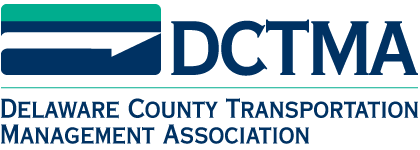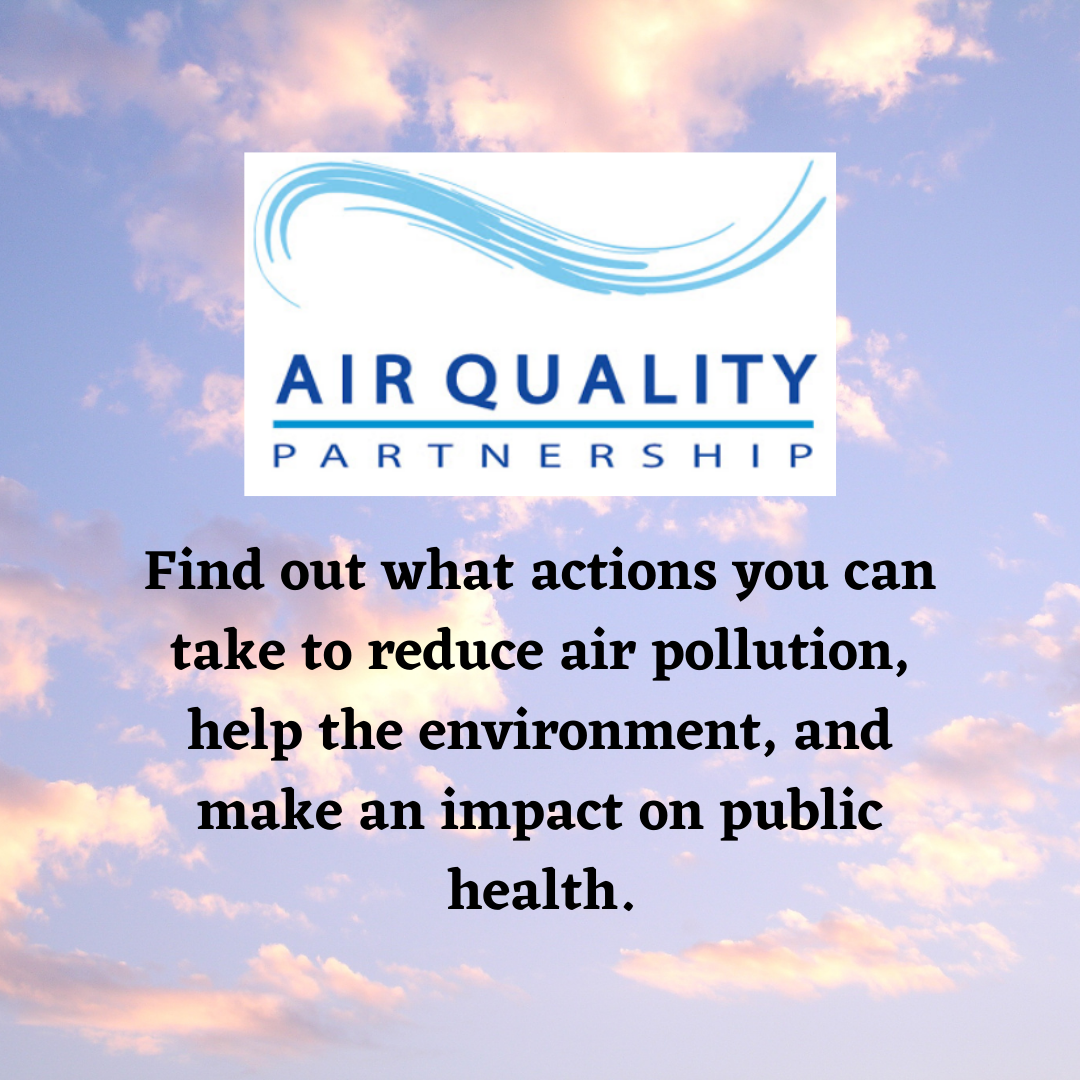Air Quality Awareness
Summer is the time of year where the Greater Philadelphia region typically begins to experience poor air quality from high levels of ground-level ozone. This pollutant damages healthy lungs, makes people more susceptible to lung infections, and makes it even harder for people with lung disease to breathe. While poor air quality is a risk to everyone, communities of color and low-income communities are disproportionately affected.
The good news is that preventing air pollution is a positive step that everyone can take to help protect their community’s health. Together we can combine efforts to reduce summertime air pollution by raising awareness and promoting actions individuals can take to make a difference.
TAKE ACTION TODAY! To see the daily air quality forecast and sign up for alerts, visit www.airqualitypartnership.org.
-
Consider telecommuting.
-
Ride a bike or walk to your destination.
-
Don’t top off your gas tank. Spillage adds two tons of pollution to the air each day.
-
Refuel at the end of the day. Ozone levels are highest in the afternoon.
-
Clean out your trunk. An extra 100 pounds reduces your gas mileage by 2 percent.
-
Combine errands. Limit and combine essential trips to save time, money, and the environment.
-
Maintain your car. A well-maintained vehicle emits less pollution and saves gas. Properly inflated tires improve your gas mileage by 3 percent, while regular oil changes improve your gas mileage by 1 to 2 percent.
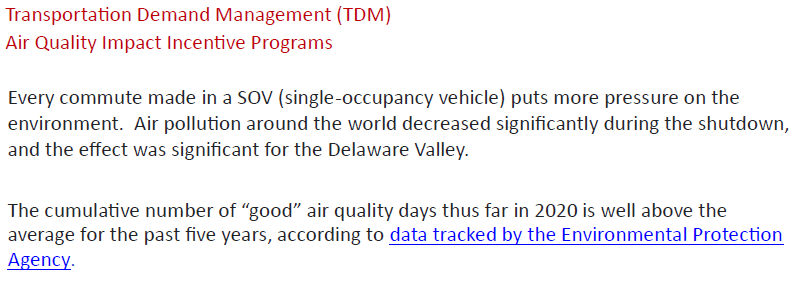
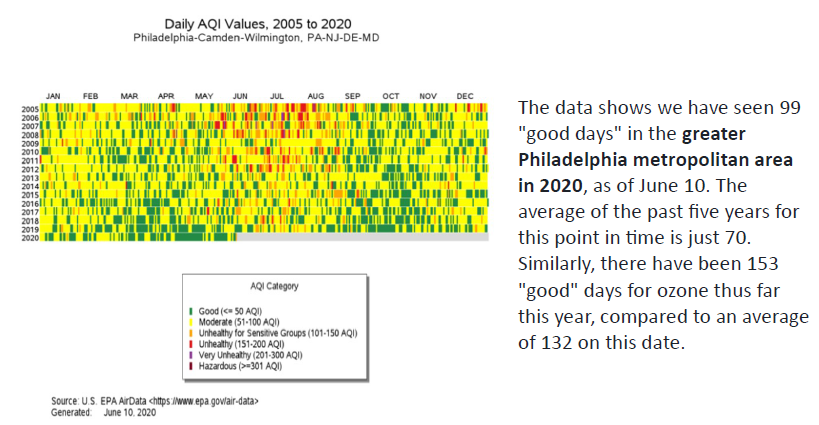
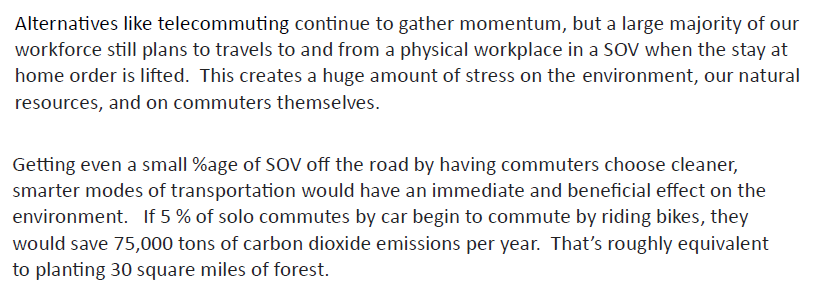
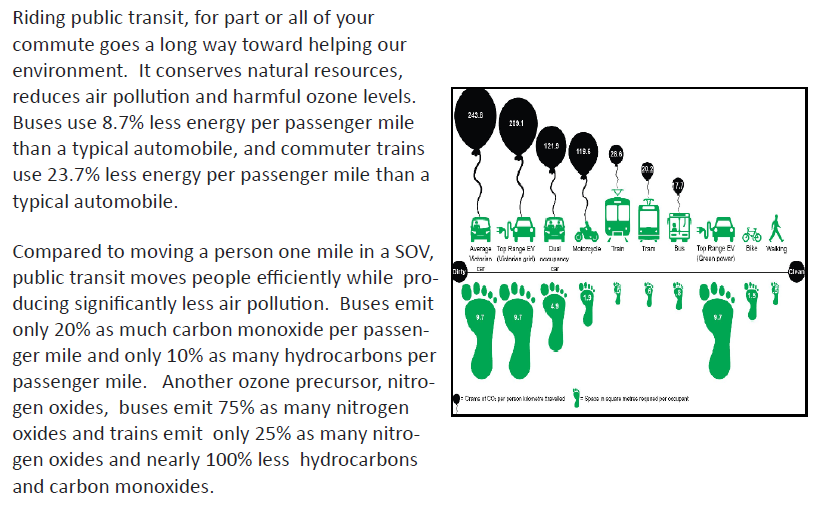
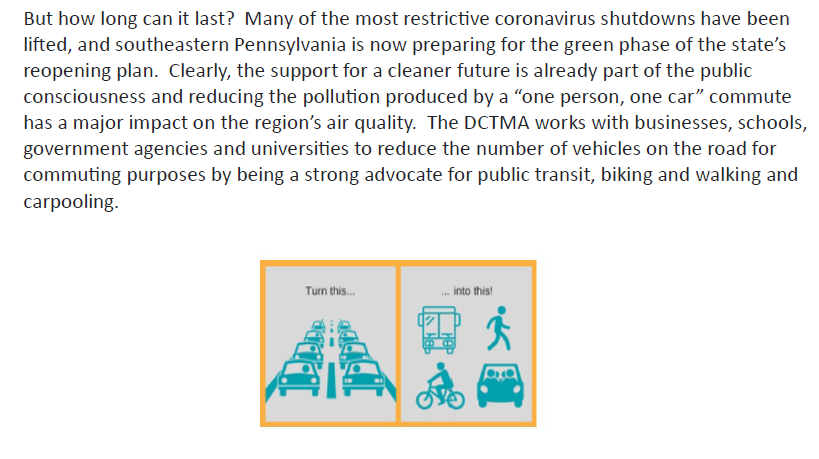
Air Quality During COVID-19
As many people were abruptly asked to start teleworking for the first time at the beginning of the COVID-19 shutdown, we had no idea how long it would be lasting, or what effect this would really have on the ozone and our air quality with many vehicles off of the roads. If you take a look at the attached images, you will see the amounts of NO2 shown on the maps in the Southeastern PA Region in April of 2019 when the world was operating as usual, vs. April of 2020 during the shutdown. NO2 primarily gets in the air from the burning of fuel. NO2 forms from emissions from cars, trucks and buses, power plants, and off-road equipment.
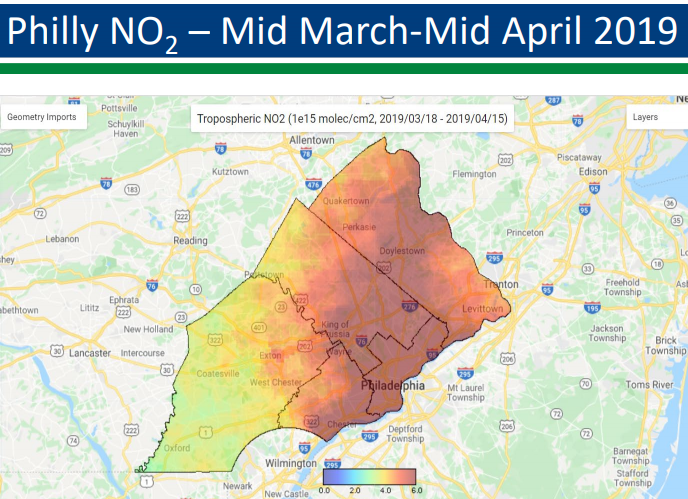
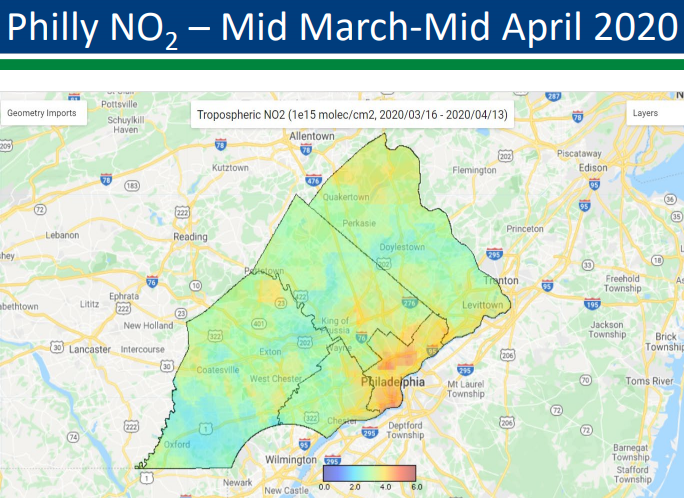
A traffic count which was performed in the Philadelphia area displayed major reductions in vehicles traveling the roadway during the shutdown periods. During peak travel times I-276 displayed traffic count reductions of over a 50% decrease in traffic.
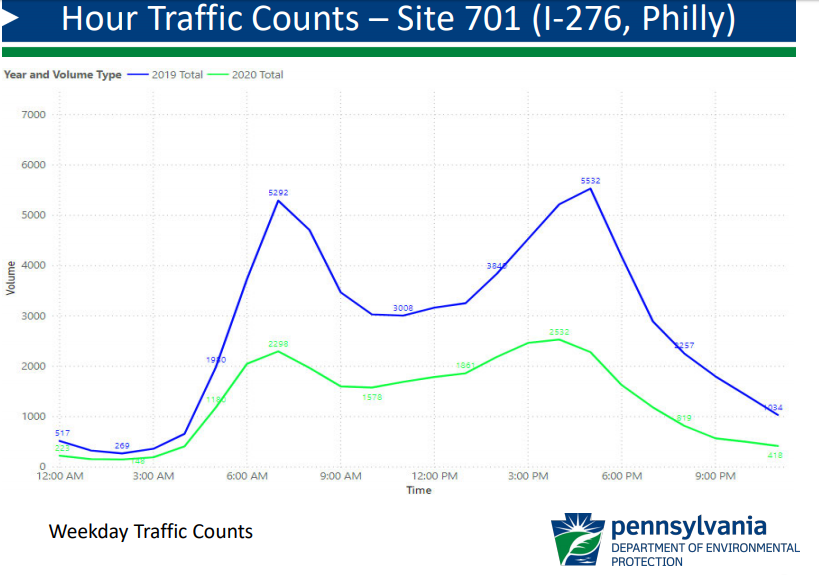
Below you will see a graph which displays the NO2 concentrations at a nearby site in Montgomery County. These levels were taken during the March 16 – April 26th initial shutdown.
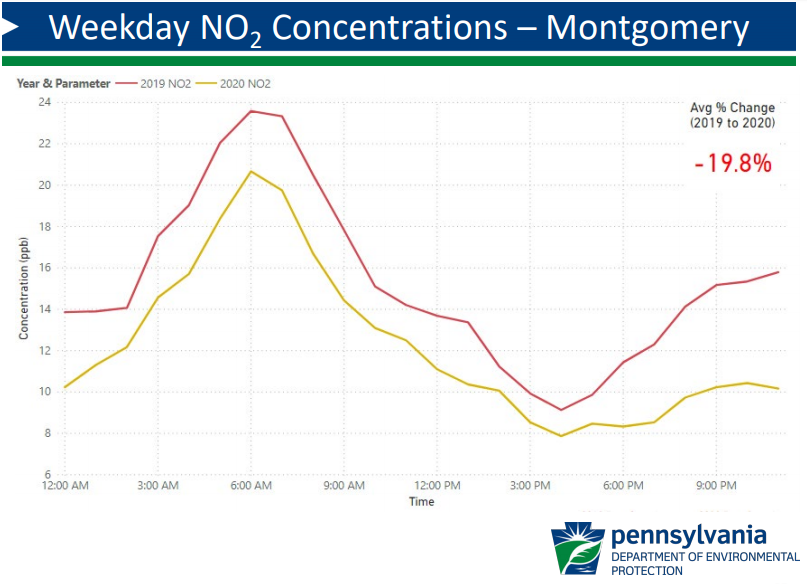
As you can see, when many people are utilizing telework and staying off of the roadways, there are beautiful outcomes for our environment and our air quality. If we are able to take a look at our work schedules and work in more days for telework, our world would be a healthier, cleaner, more vibrant place to live.
